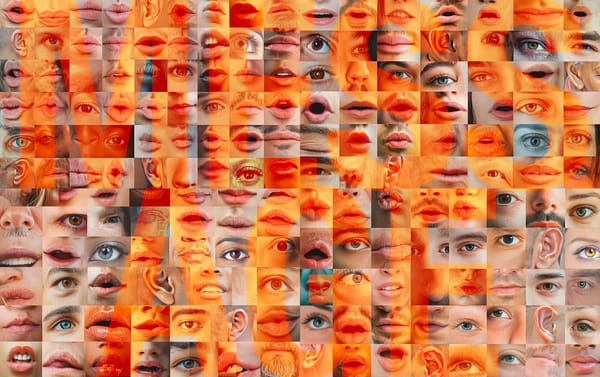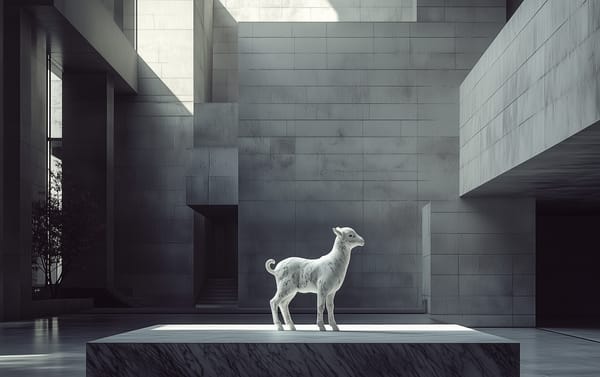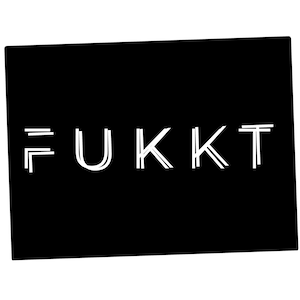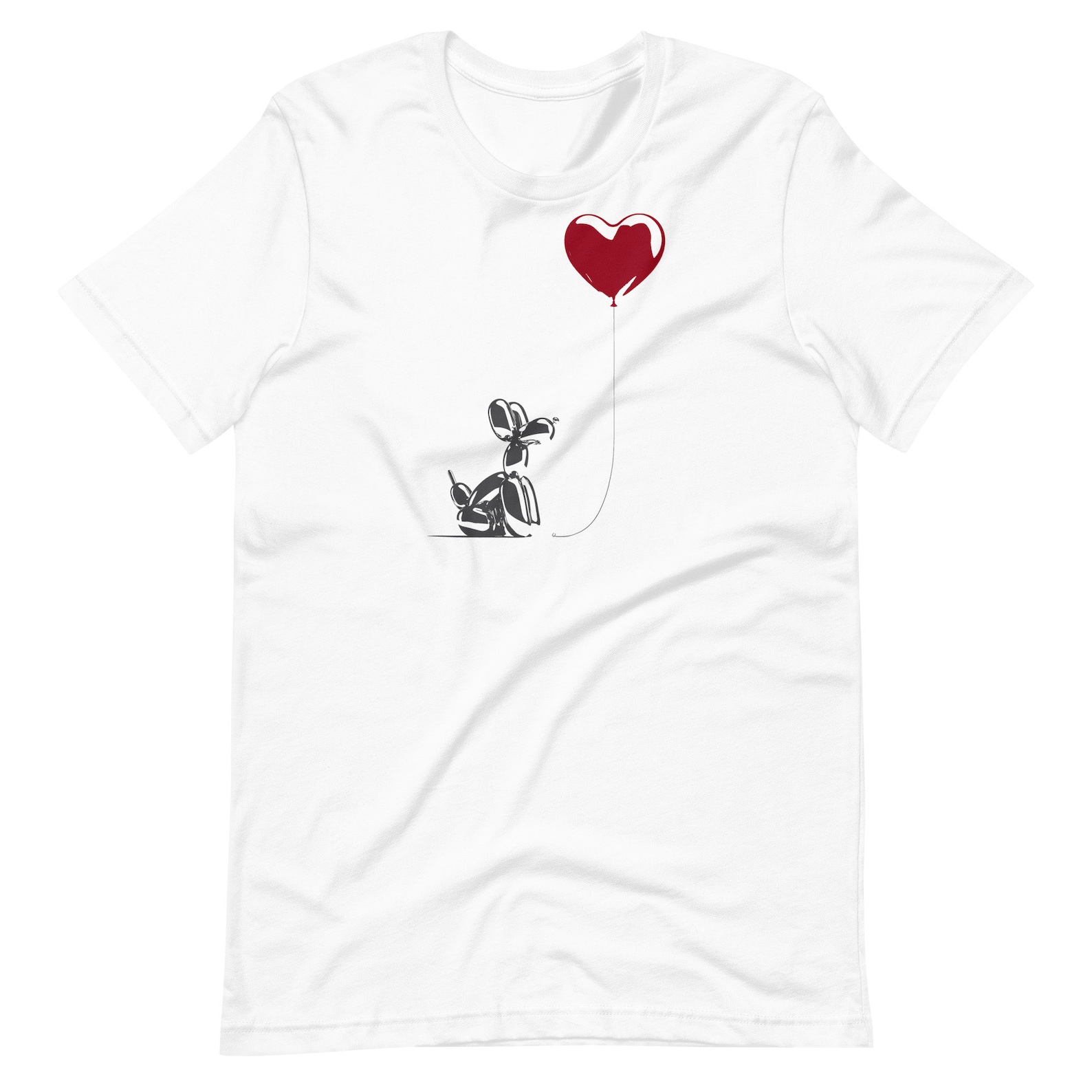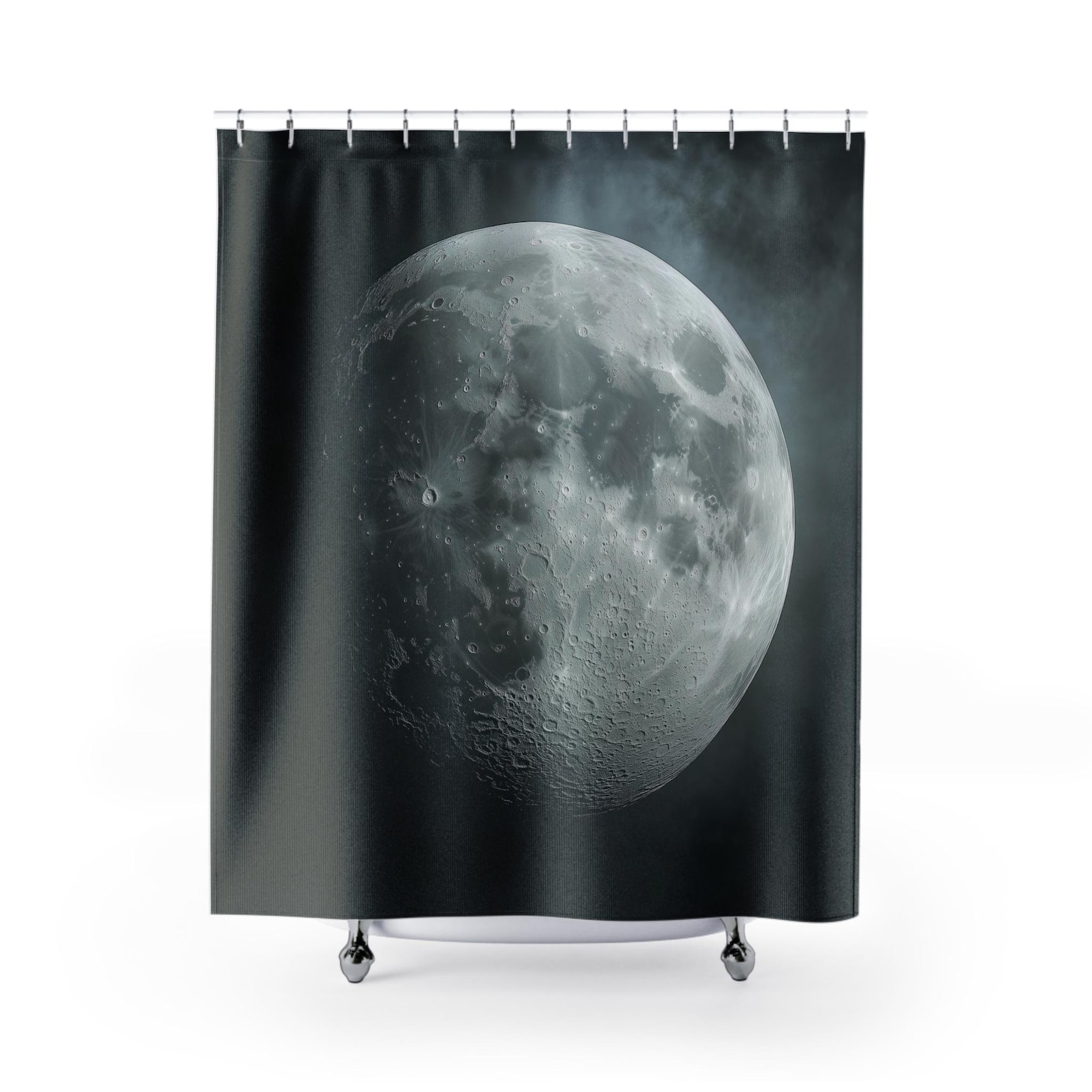Surreal vs. Absurd: Navigating the Fractured Landscape of Reality
The surreal manipulates reality through dreamlike logic to reveal hidden meanings, while the absurd confronts the inherent meaninglessness of existence, creating a sense of dread through the collapse of coherence.
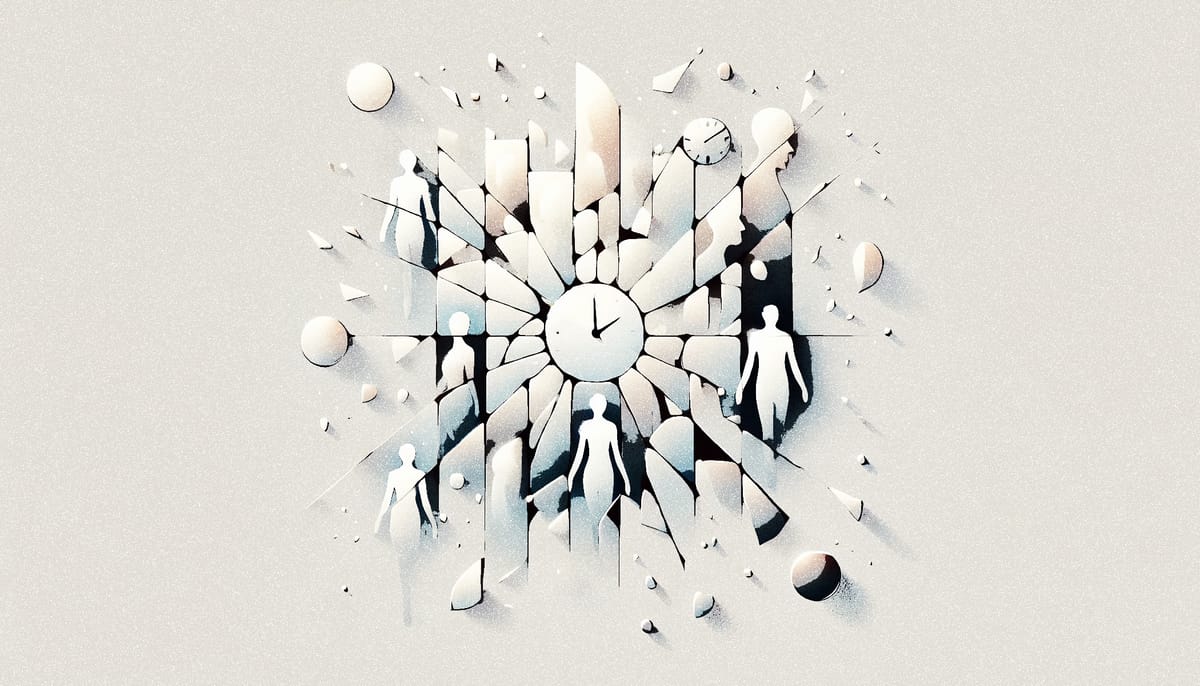
When the familiar contours of reality dissolve, we enter a realm where logic bends or shatters entirely. This is the territory of the surreal and the absurd, two distinct yet often intertwined approaches to representing a world beyond conventional understanding. While they share aesthetic similarities, their philosophical foundations and emotional impacts diverge significantly.
Albert Camus, an apostle of the absurd, would recognise a chaotic, incomprehensible event not as a deviation but as a reflection of life's fundamental condition. Absurdity, for him, is the stark confrontation between humanity's innate yearning for meaning and the universe's indifferent silence. It's an existential clash, a recognition of the inherent contradictions of existence. David Lynch, on the other hand, crafts a meticulously unsettling form of absurdity. His is not merely a rejection of meaning but a deliberate construction of a distorted reality, where the familiar morphs into the uncanny, tantalising us with a semblance of sense before plunging us into disorienting chaos.
The menace inherent in the absurd: a shadow of meaninglessness
Absurdity often carries a sinister undertone, a sense of hidden malice lurking beneath the surface. It's not just nonsense; it's a weighted, unsettling experience as if an unseen force is mocking our attempts to impose order. The circus serves as a potent example. What should be a spectacle of joy and wonder instead evokes a disquieting unease. The exaggerated smiles, the grotesque displays, the surreal pageantry—all hint at something deeply amiss. In this context, the absurd doesn't merely entertain; it haunts.
Contrast this with Salvador Dalí's surrealism. While undeniably strange, his dreamlike distortions evoke a sense of wonder rather than terror. Melting clocks, elongated elephants, and impossible landscapes are not inherently menacing. Dalí's surrealism, rooted in Freudian and Jungian psychoanalysis delves into the unconscious, exploring the realm of dreams and desires. It operates within a "dream logic," a system of symbolic associations that, while unconventional, maintain an internal coherence. It's an exploration of the inner landscape, using symbolic imagery to reveal the hidden depths of the psyche. There's an underlying levity, a playful exploration of the mind's limitless potential.
The irrational heart: Coherence vs. Collapse
Surrealism functions as an exploration, a journey into the depths of the psyche, twisting and exaggerating reality but maintaining a sense of structure, albeit a dreamlike one. Absurdism, however, is a rejection of coherence, a collapse into meaninglessness. It's not a distortion but a dismantling. There's no revelation, no deeper understanding, only the terrifying realization that there may be no answers, no hidden order, no ultimate truth.
Lynch's absurdity is built on the barely concealed menace of reality crumbling at the edges. Camus' absurd is the confrontation with life's emptiness, alienation, and isolation. Dalí’s surreal is the acceptance that reality can be reshaped into something marvellous, but it still holds together, however strangely.
Expanding the philosophical and emotional landscape:
- Surrealism and the Unconscious: Surrealism seeks to liberate thought from rationality, using symbolic imagery to tap into the unconscious, often carrying personal, symbolic meaning.
- Absurdism and Existentialism: Absurdism highlights the conflict between humanity's search for meaning and the universe's indifference, emphasizing alienation and the futility of seeking ultimate answers.
- Emotional impact: Surrealism evokes wonder and fascination, inviting exploration of hidden possibilities, while absurdism instils dread, confronting us with the fragility of order and the potential for chaos.
- The circus as a microcosm: The circus embodies the tension between joy and fear, highlighting the thin line between amusement and dread, where societal rules are suspended.
- Kafka and Beckett: Figures like Franz Kafka, with his nightmarish bureaucratic scenarios, and Samuel Beckett, with his repetitive, meaningless dialogues, epitomize the absurd experience.
- Luis Buñuel: A filmmaker like Luis Buñuel masterfully blends surreal and absurd elements, using surreal imagery to expose societal hypocrisy and create unsettling cinematic experiences.
In the end, surrealism suggests that there is something more to reality, even if it’s strange and dreamlike. Absurdity suggests that there is nothing and that the search for meaning in a meaningless universe is the ultimate paradox. This confrontation with nothingness, the chilling realization of our existential isolation, may be the most terrifying aspect of the absurd.


